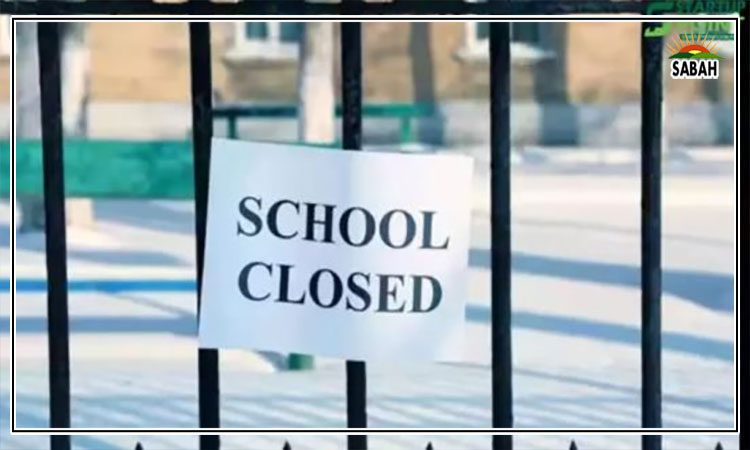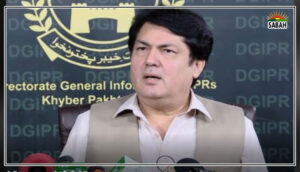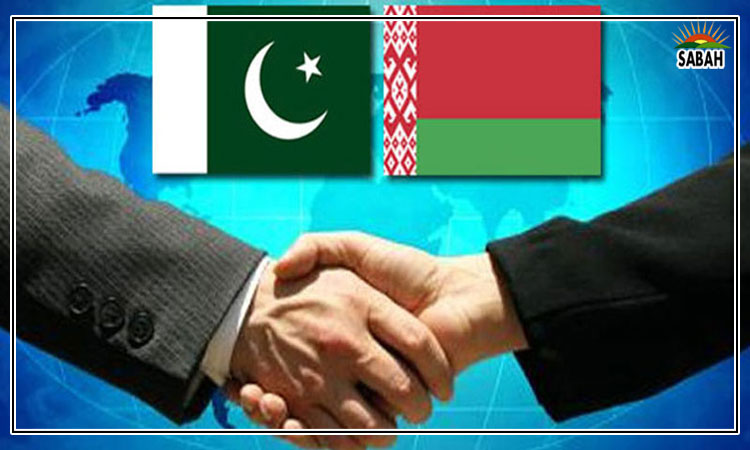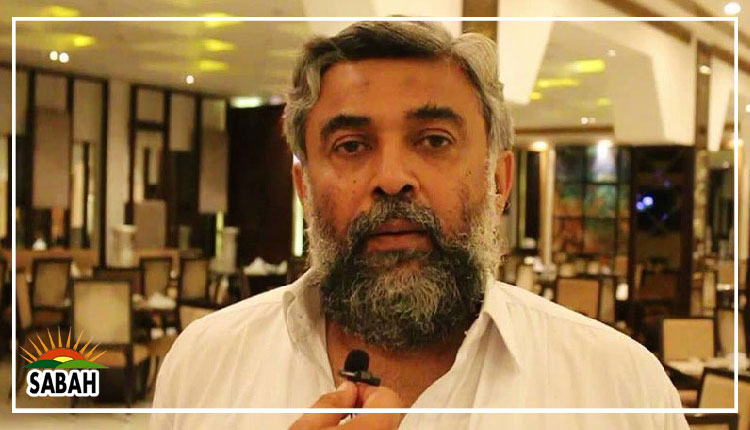What the future holds…Abdul Sattar
Even with our political parties hammering out a deal, the country is still likely to lurch from one crisis to another, making it extremely difficult for any incumbent government to tide over this wave of difficult situations.
A recent report by an Islamabad-based think tank indicates that the first major crisis that the PML-N-led government is likely to face will be the mountain of internal and external debt and the liabilities of the government that have been piling up over the years.
The alarming 68-page report, titled A raging fire: Pakistans debt crisis, was released on Sunday (Feb 18). It reveals that the countrys total debt and liabilities including domestic and external debt are at Rs77.66 trillion, or $271.2 billion.
The report says that Pakistans external debt is primarily borrowed from a range of creditors: Paris Club (6.3 per cent), multilaterals (30.1 per cent), other bilateral (19.1per cent), commercial banks and T-bills (4.9 per cent), Eurobonds (6.3 per cent), the IMF (5.7per cent), banks (5.1per cent) and private-sector liabilities (12.7 per cent).
It notes that Pakistans debt per capita has also grown from $823 in 2011 to $1,122 in 2023, a 36 per cent increase in 12 years. The countrys GDP per capita has declined from $1,295 in 2011 to $1,223 in 2023, a 6.0 per cent decrease. It concludes that the countrys debt is growing at a much larger pace than its income, widening financing gaps [and] necessitating further borrowing.
The report says that since 2011, Pakistans external debt has nearly doubled while the domestic debt has increased by six-fold, of which the country will need to pay back an estimated $49.5 billion in debt maturities 30 per cent of it being interest.
This dire economic situation will force the government to approach international monetary institutions and other lenders who will set stringent conditions for offering any financial assistance or loans, which means the government will have to carry out price hikes besides withdrawing more subsidies that are still being extended to a few sections of society.
The government is also likely to increase the burden of existing taxpayers instead of imposing an agriculture tax. Such moves will multiply the problems of the salaried classes who have already been complaining about rising inflation and taxes beyond their capacity to pay.
This might prompt the PML-led government to take more unpopular measures. The allies will not support such moves without extracting concessions. The PPP and MQM might seize the opportunity to blackmail the government, putting a question mark on the stability of this dispensation.
The PPP is likely to distance itself from unpopular economic decisions while the PML-N would want it to share the responsibility for inflation that is likely to affect more than 60 million people living below the poverty line.
Such neoliberal reforms may provide an opportunity for the PTI to propagate against the government. The defeated JI and disgruntled JUI-F might try to become messiahs for the people amidst this all, resorting to street protests and creating political instability. So, terrible economic conditions are likely to trigger a political crisis.
Since our ruling elite has a penchant for spending lavishly on foreign trips and visits, the future government is not likely to be an exception. During the 16-month PDM government, not only did former PM Shehbaz Sharif and former FM Bilawal Bhutto make record trips within a short period, but other federal ministers also considered it their national duty to attend every conference.
Shehbaz and his ministers were not the only ones. Even if some politicians were to come into power for four days, they would like to spend at least two of them on foreign visits. No matter how dire the economic situation is, this can never prevent our oligarchic politicians from spending public money on useless foreign trips. Caretaker Prime Minister Anwaar-ul-Haq and his brigade of federal ministers also undertook a number of foreign visits without any tangible returns for the country.
Instead of reducing the size of the government, all political parties since 2008 have been creating more divisions and ministries, adding to the burden on the national exchequer. Kakar has reportedly turned the Intelligence Bureau into a division which means that the government might have to allocate more resources to this department that has done more to serve the ruling masters than the 230 million hapless people.
So, it seems non-productive expenses cannot be slashed, debt servicing must be carried out and demands of independent power producers (IPPs) must be accepted without creating any fuss. Therefore, the government would be left with no option but to dangle the sword of austerity over the shrinking social sector.
The government will likely cut down the development budget, diverting the share of federating units in a way that could help reduce federal expenses. The federal government will also try to delay the payment of provinces, which will affect social-sector development in provinces as well.
The provincial governments will also follow their masters, sitting in the power corridors of Islamabad. Within no time we will hear about the import of luxury cars for our bureaucrats and provincial ministers and advisers. New ministers would consider it beneath their honour and dignity to ride around the city in old vehicles. Their offices would also need urgent renovation that could match their social status.
So, within no time, orders will be released to import new cars and since the lives of our politicians are always in danger, nothing short of bulletproof and bomb proof will be acceptable.
This all could trigger a social crisis. The withdrawal of subsidy might force people to take to the street as we recently witnessed in Gilgit-Baltistan where the government tried to abolish the wheat subsidy that it had been extending to the people of that area for decades. Slashing the social sector budget would have catastrophic impacts on a country where millions of people are still homeless after the 2022 floods.
The human development index of the country is already abysmal. According to the World Food Programme, 20.5 per cent of Pakistans population is undernourished. A WFP report says, The National Nutrition Survey (NNS) 2018 (Pakistan) confirms that macro and micronutrient deficiencies are alarming in women of reproductive age 14.4 per cent were underweight, 24 per cent were overweight and 13.8 per cent were obese. There was a very high prevalence (41.7 per cent) of anaemia (haemoglobin (Hb)) levels.
According to Unicef, four out of ten children under five years of age in Pakistan are stunted (40.2 per cent) while 17.7 per cent suffer from wasting. The double burden of malnutrition is becoming increasingly apparent, with almost one in three children underweight (28.9 per cent), the report adds. This is in addition to thousands of schools, hospitals and basic health units that have been without adequate facilities for years now.
The country also has a debilitating infrastructure that needs billions of dollars before it can witness any improvement. Given this, it is likely that the country will continue to plunge into crisis after crisis. Only a pro-people approach will possibly rid the country of such a myriad of crises.
Courtesy The News












